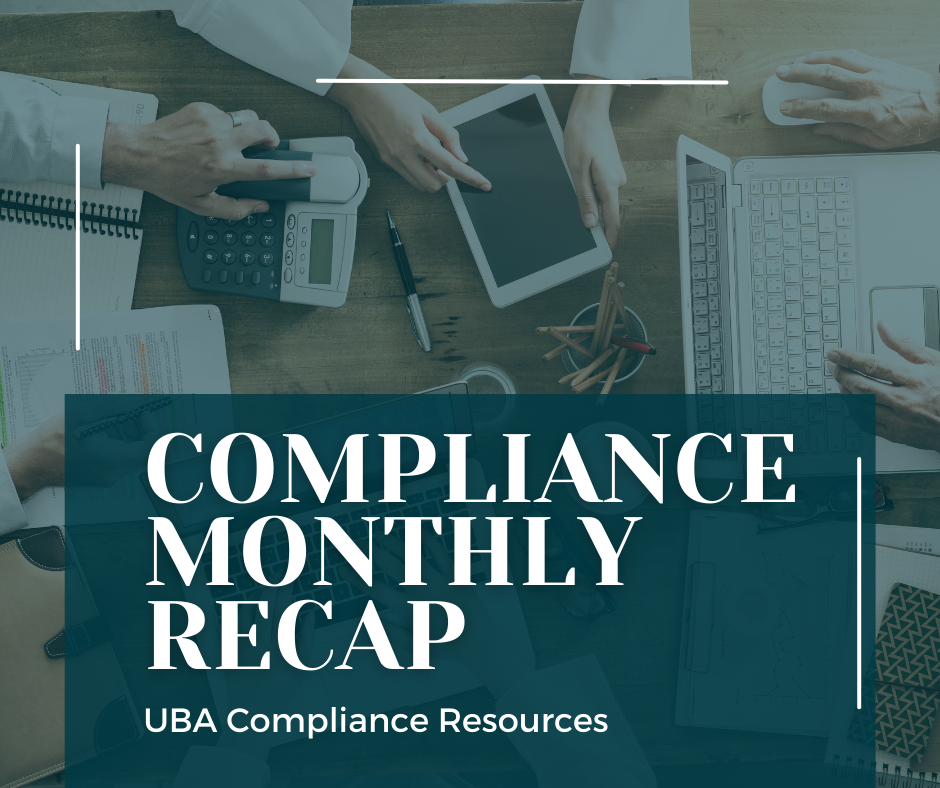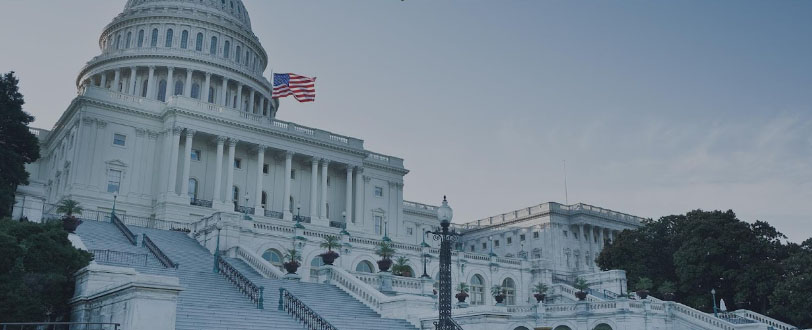PREPARE NOW TO PAY THE PCORI FEE
The Patient-Centered Outcomes Research Institute (PCORI) fee funds research that evaluates and compares health outcomes, clinical effectiveness, and the risks and benefits of medical treatments and services. Effective through 2029, the IRS treats this fee like an excise tax, applied to all covered lives, including employees, retirees, spouses, and dependents. The fee is due on July 31, 2024.
For plan and policy years ending between October 1, 2023, and September 30, 2024, the PCORI fee is $3.22 per covered life, reflecting a 7.33% increase.
For plan and policy years ending between October 1, 2022, and September 30, 2023, the fee was $3.00 per covered life.
Employers with self-funded medical plans or applicable health reimbursement arrangements (HRAs) must use Form 720 to fulfill their reporting obligations and pay PCORI fees.
Calculating the PCORI fee requires employers to determine the average number of lives covered under a self-insured health plan using one of the IRS-approved methods.
EMPLOYER CONSIDERATIONS
Employers should be prepared to file Form 720 and pay the fee by July 31. Refer to the IRS Form 720 instructions, FAQs, and chart of applicable coverage types.
IRS RELEASES 2025 LIMITS FOR HDHPS AND HSAS
The IRS released the inflation-adjusted amounts for 2025 health savings accounts (HSAs), excepted benefit health reimbursement arrangements (EBHRAs), and high-deductible health plans (HDHPs).
2024 and 2025 HSA and HDHP Limits
| 2024 | 2025 | |||
| Self-Only | Family | Self-Only | Family | |
| HSA Maximum Contribution | $4,150 | $8,300 | $4,300 | $8,550 |
| HSA Maximum Catch-up Contribution | $1,000 | $1,000 | $1,000 | $1,000 |
| HDHP Minimum Deductible | $1,600 | $3,200 | $1,650 | $3,300 |
| HDHP Maximum Out-of-Pocket Expense (In Network) |
$8,050 | $16,100 | $8,300 | $16,600 |
Maximum EBHRA Contribution Limits
2024 $2,100
2025 $2,150
EMPLOYER CONSIDERATIONS
Employers offering these benefits must update all plan communications, open enrollment materials, and other relevant documentation to ensure that participants and beneficiaries are adequately informed about the new limits.
HHS FINALIZES SECTION 1557 NONDISCRIMINATION REGULATIONS
The U.S. Department of Health and Human Services (HHS) released new regulations under Section 1557 of the Affordable Care Act (ACA), known as the “Final Rule” nearly two years after the proposed rule was published. The regulations are set to become effective on July 5, 2024, though some provisions will be phased in later. The Final Rule reinstates certain provisions from the previous regulations and introduces additional clarifications and guidelines.
Section 1557 of the ACA aims to prevent discrimination in health programs or activities receiving federal financial assistance. The new regulations under the Final Rule extend coverage to all products offered by a health insurance issuer if any of these products receive federal financial assistance. This expansion will bring a significant number of entities under the purview of Section 1557 for the first time. Those entities may include:
- Insurers offering qualified health plans through the health exchange marketplace, large group market plans, excepted benefit plans, self-insured group health plans.
- Third-party administrators (TPAs) and pharmacy benefit managers (PBMs) if any part of their business is operated by an insurer subject to Section 1557 or if they are sub-recipients of federal financial assistance.
- Insurance agents or brokers paid by a covered entity receiving federal financial assistance.
EMPLOYER CONSIDERATIONS
The Final Rule significantly broadens the definition of a covered entity under Section 1557, extending its reach beyond the scope of the 2020 Rule. Consequently, insurers, TPAs, PBMs, insurance brokers, and other related entities need to review their business models to determine if they are now subject to Section 1557. If covered, these entities must ensure that their practices, policies, and products comply with the new regulations.
HHS updated its Frequently Asked Questions to offer further guidance on implementing the Final Rule.
MEDICAL DEBT CANCELLATION ACT INTRODUCED
On May 8, legislators introduced the Medical Debt Cancellation Act (S.4289), a proposal aiming to eliminate current medical debt in the United States. The Act involves the federal government paying off medical-related debts under specific conditions. Its multiple components, which would be phased in over time, seek to eradicate existing medical debt and limit the ways consumers can incur future debt. Currently in draft form, the Act is subject to amendment and further clarification before moving to a congressional vote.
A central provision of the Act is the establishment of a federal grant program administered by the Department of Health and Human Services (HHS) to fund the payment, or “cancellation,” of medical debts held by hospitals, provided the debt is out-of-pocket, unpaid, and owed for services rendered before the bill’s enactment. Excluded from the program are amounts covered by federal health care programs or other insurance plans. Hospitals would apply for these grants, with HHS prioritizing safety net hospitals that agree to cancel debts owed by low-income and vulnerable populations.
The Act also mandates that within one year of enactment, federally funded health care programs must eliminate medical debt collections. HHS would report annually to Congress on the progress of the debt forgiveness program, which would conclude once all eligible medical debt is canceled. Additionally, the Act proposes amendments to the Fair Debt Collection Practices Act, prohibiting the collection of pre-enactment medical debt and creating a private right of action for individuals harmed by violations.
While the Act aims to cancel existing medical debt, it does not ban future medical debt but imposes new billing and debt collection requirements on healthcare providers. These include assessing eligibility for charity care or financial assistance 45 days before the payment due date and providing related information to patients. The Act prohibits 501(c)(3) hospitals from charging uninsured patients more than generally billed amounts and bans interest on outstanding payments. Amendments to the Fair Credit Reporting Act would prevent credit reporting agencies from including medical debt information. The Act, still in the proposal stage, draws attention due to its potential broad impact.
GOVERNOR LAMONT SIGNS LEGISLATION EXPANDING CONNECTICUT PAID SICK DAYS LAWS
Governor Ned Lamont has signed new legislation expanding Connecticut’s paid sick leave laws to include a broader range of workers. The updated laws will ensure that more employees have access to paid sick leave, addressing gaps in the current system that covers only specific retail and service occupations. The goal of the legislation is to help retain young workers in the state, enhance employee productivity, and support economic growth by reducing the financial hardships of missing work due to illness.
Starting January 1, 2025, the law will apply to almost every occupation, excluding seasonal and certain temporary workers. The threshold for employer coverage will be reduced in phases: employers with at least 25 employees by January 1, 2025; those with at least 11 employees by January 1, 2026; and all employers by January 1, 2027. Additionally, the definition of a family member for sick leave purposes will be broadened, and the reasons for using paid sick leave will include public health emergencies.
EMPLOYER CONSIDERATIONS
Employers should prepare to update existing documents to reflect the new legislation.
QUESTION OF THE MONTH
Q: We have a client that never filed their 2022 plan year D1 and P2 files for RxDC reporting (assuming the carrier filed the D2-D8). Was the $100-a-day penalty in place for this filing in 2023?
A: There was penalty relief for 2020 and 2021, but not for 2022 filings. The penalty is found in Internal Revenue Code Section 4980D. The good faith relief came from the Departments of Labor, Health and Human Services, and Treasury in the form of FAQ 56 issued on December 23, 2022.
©2024 United Benefit Advisors







